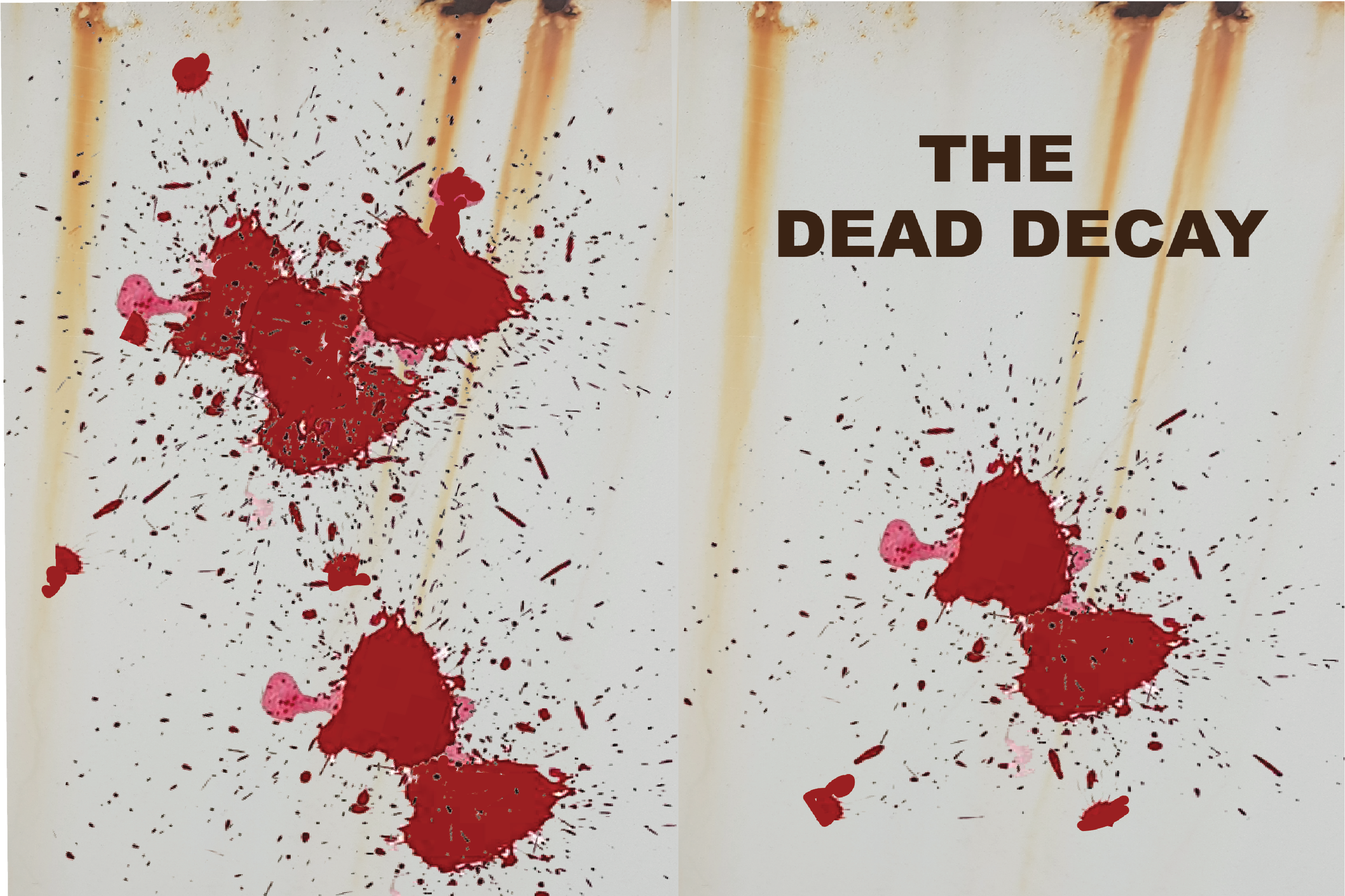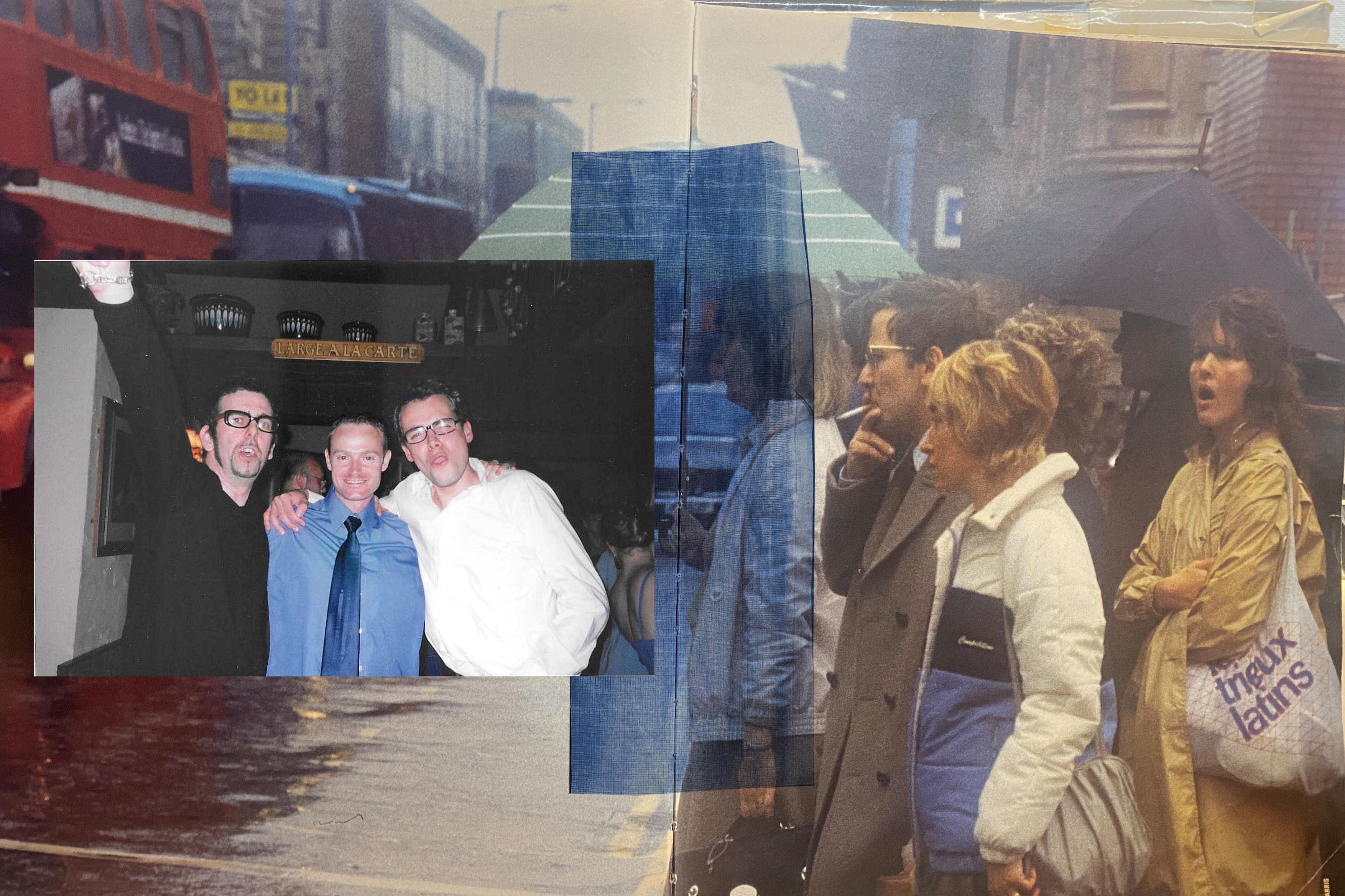Eight Scene about Boshan
Wenzhao Bi
The modern industrialization of the Boshan region can be traced back over 100 years to the mid-to-late 19th century, when German geologist Ferdinand von Richthofen wrote in his diary, “Among all Chinese cities I have visited, Boshan shows the greatest potential for industrial development.” Taking the 1960s as my temporal focus, I attempt to recreate historical scenes of Boshan through painting, combining historical documentation and physical artifacts with my personal understanding of painting.
China’s path to modern industrialization has been tortuous, and Boshan’s industrial development has been particularly turbulent. Over these hundred years, Boshan has experienced the full cycle from industrial prosperity to resource depletion, and now faces the severe challenge of industrial transformation. Through this historical lens, I seek to explore a deeper question: Did modern industrial reform truly alter Boshan’s developmental trajectory, or did it merely disrupt the millennia-old agricultural tranquility of this land?
Wenzhao Bi(b.2002)His artistic practice always takes regional research as the starting point, and mostly investigates urban areas and their surrounding living environment in the form of local research, finding special and representative elements in which to create. Recently, he has focused on the relationship between flat images and integrated material installations, attempting to express personal feelings by exploring the structure, history and ideology of the current urban development of human society through image research.
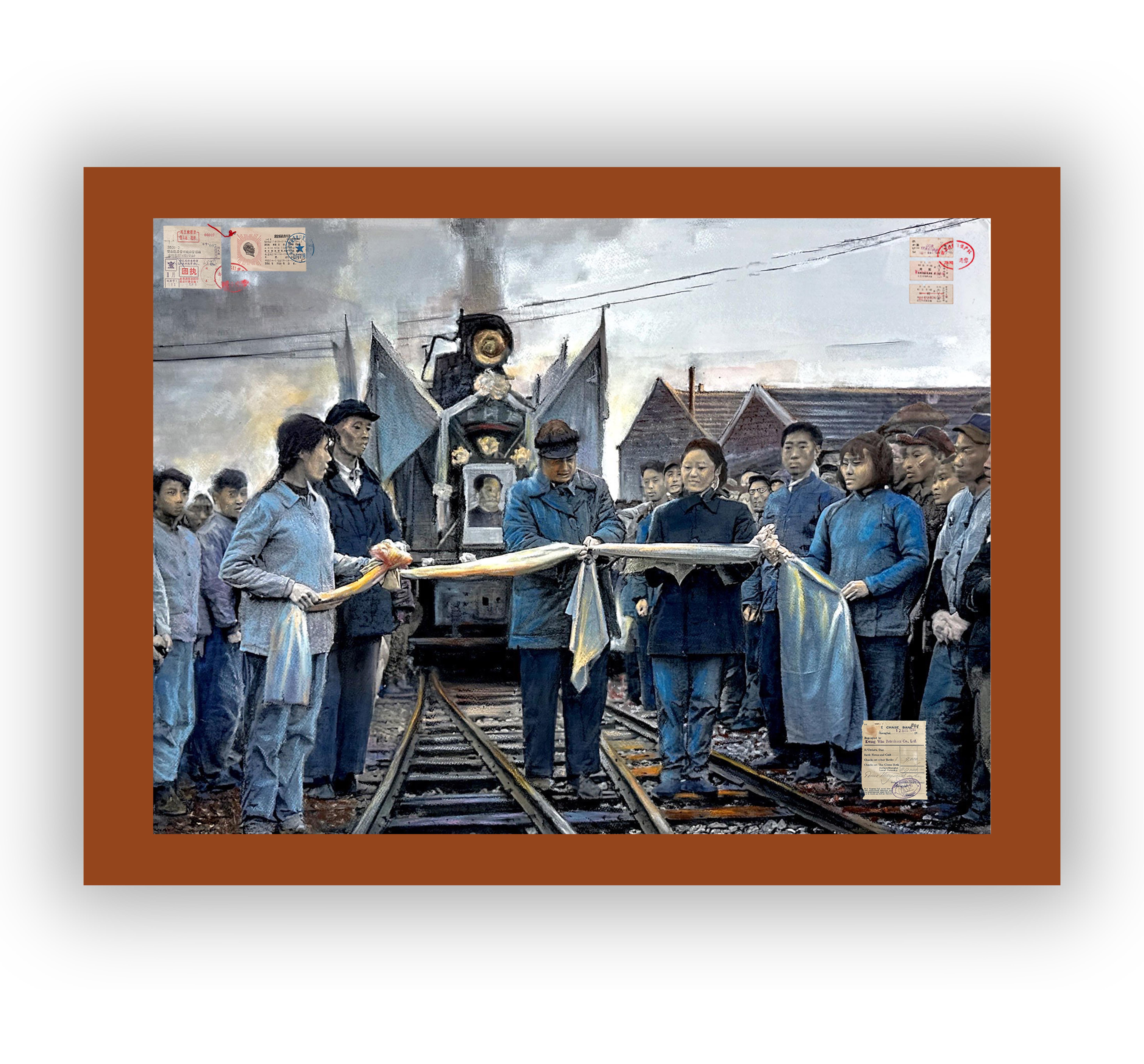
Eight Scene about Boshan
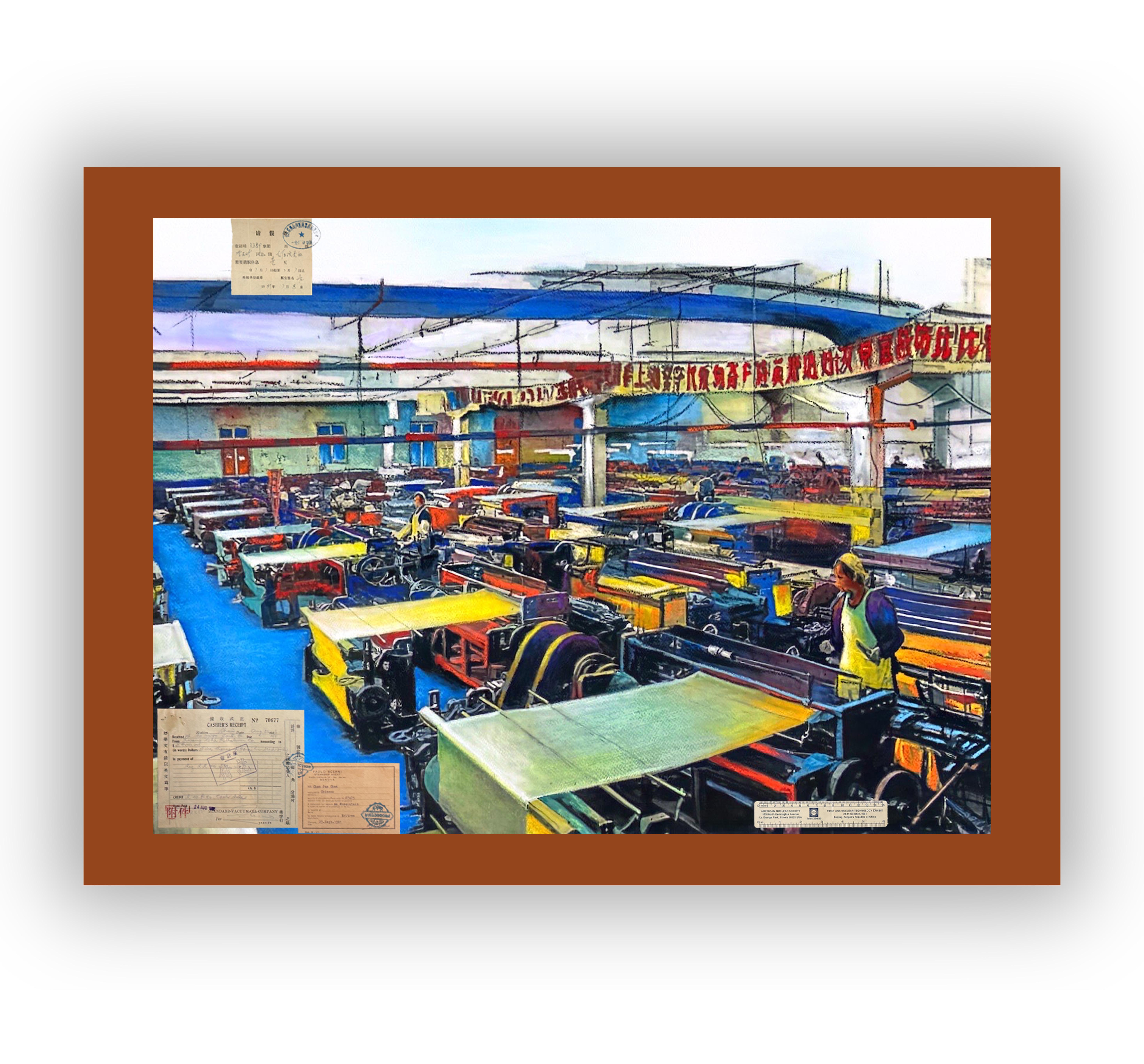
Eight Scene about Boshan
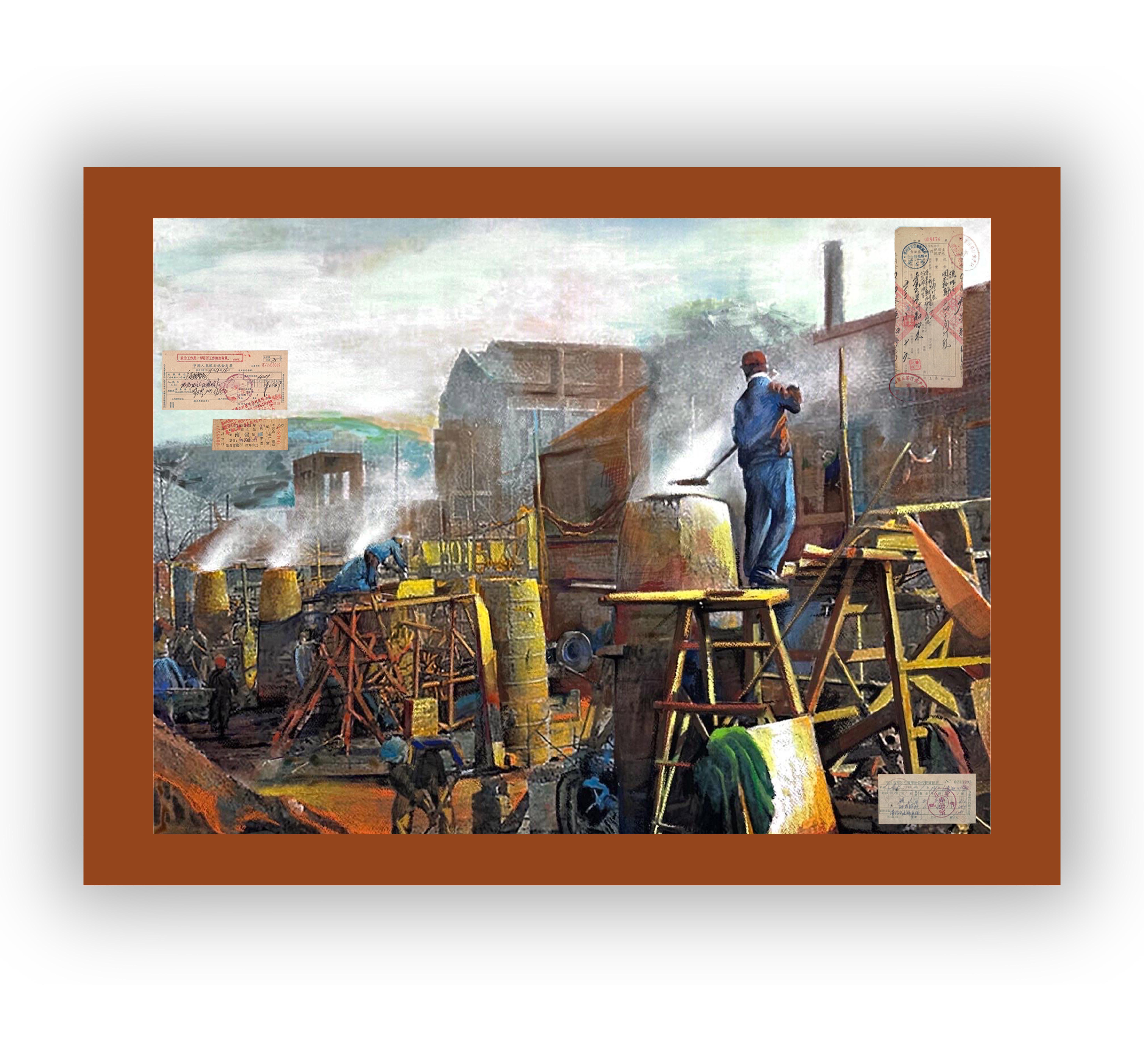
Eight Scene about Boshan
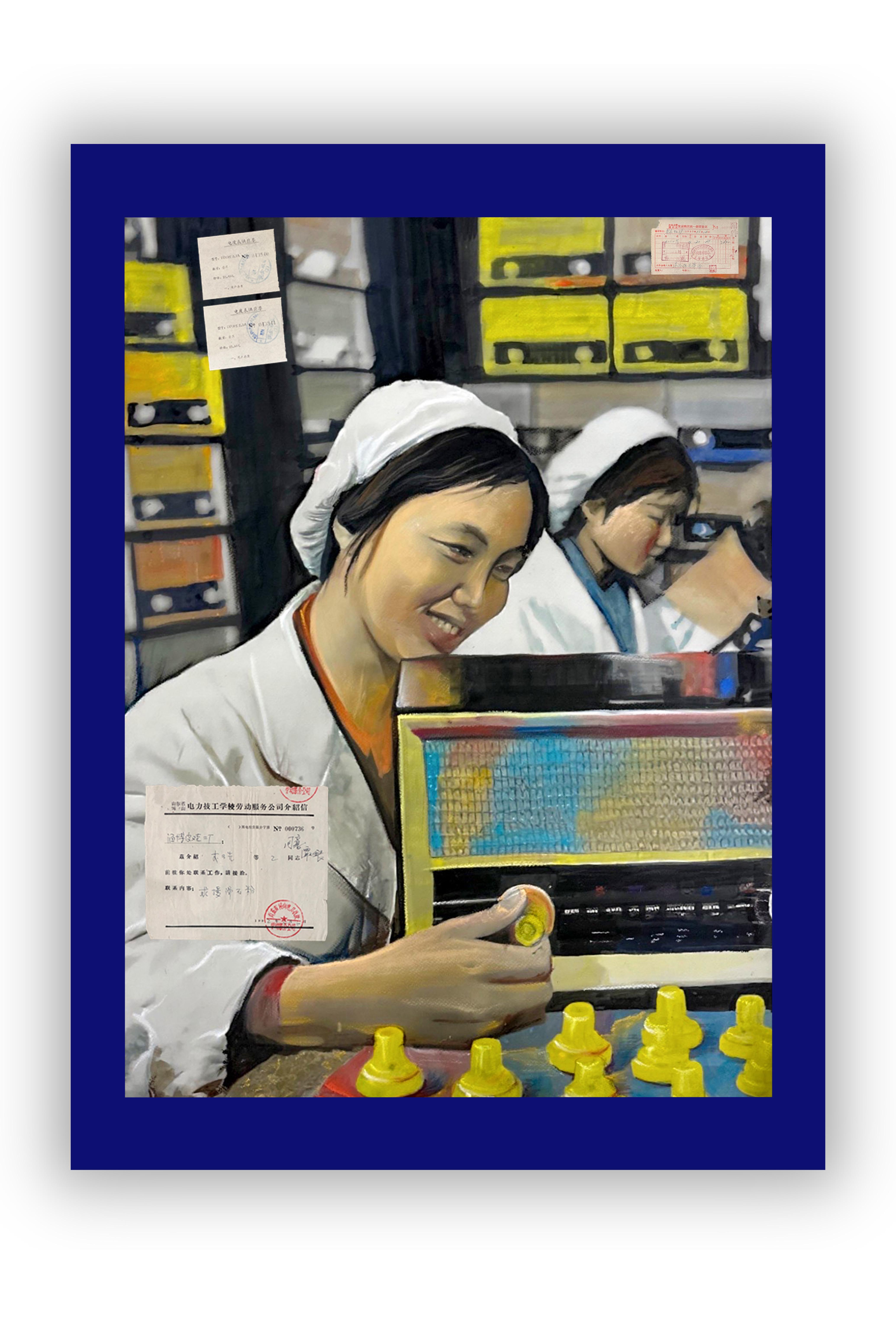
Eight Scene about Boshan
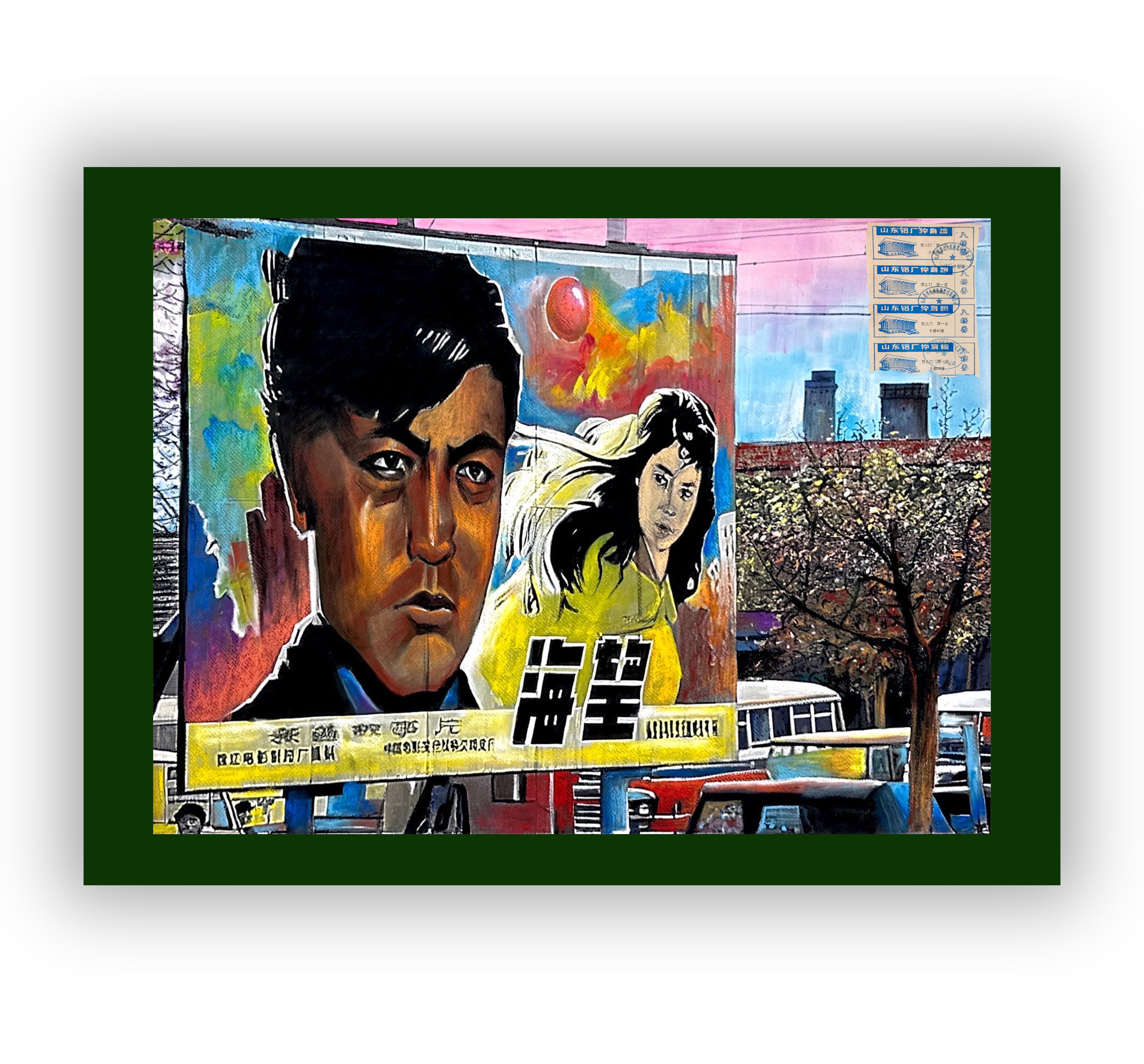
Eight Scene about Boshan
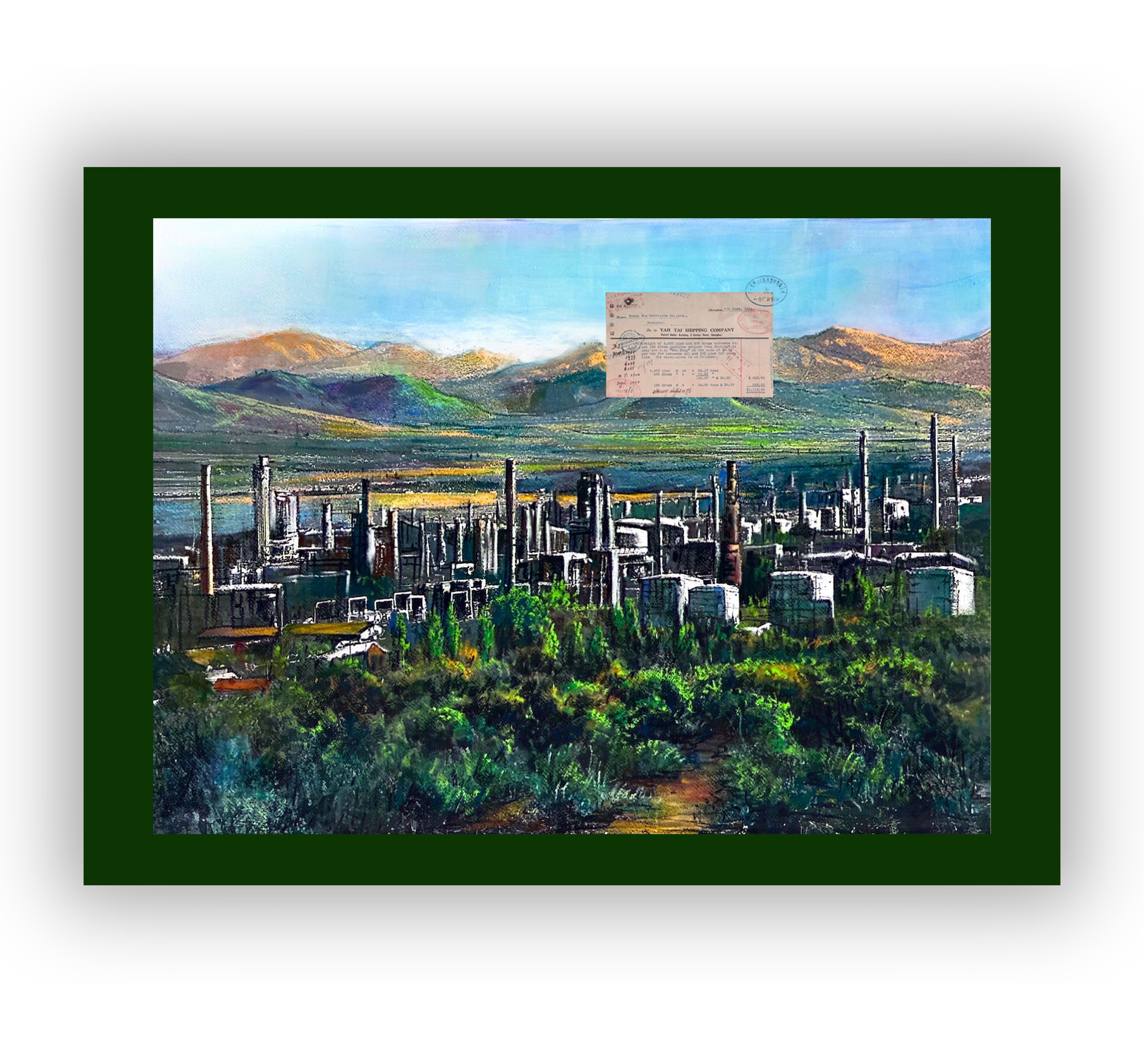
Eight Scene about Boshan
